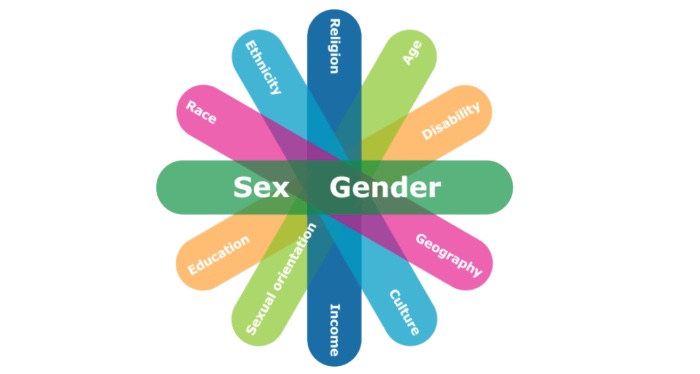Jan Bergstra & Laurens Buijs
Amsterdam Gender Theory Research Team
The American organization Do No Harm uses the following definition of biological sex:
“Sex means the biological indications of male and female in the context of reproductive potential or capacity, such as sexual chromosomes, naturally occurring sex hormones, gonads, and nonambiguous internal and external genitalia present at birth, including secondary sex characteristics, without regard to an individual’s psychological, chosen, or subjective experience of gender.”
This definition basically leaves open the possibility that at birth the sex cannot be determined and is therefore neutral (ANAB, assigned neutral at birth, see also AGTRT-1 for this terminology). But from the texts on the Do No Harm site, we see no evidence of consideration for ANAB or gender-neutral (or non-binary) individuals.
It further appears that Do No Harm uses the following terminology:
“Perceived sex” is a person’s internal sense of his or her sex.
“Perceived gender” is a person’s internal sense of his or her gender.
We did not encounter this jargon in the scientific literature on gender theory until now, even though these terms are actually quite useful.
These are useful useful additions to the terminology we have used so far. The term sexual identity never actually appears in gender theory and we do not intend to use it, but self-perceived sex can be a useful term. This term leaves open that self-perception produces an incorrect result. The use of the term “self-perceived sex” just does not presuppose that self-perception based on FPA (“first person authority“) would reveal a deeper truth than what a third person (or a hypothetical objective outside observer) can see or judge.
With self-perceived gender, things are a little different. This term could be used alongside gender identity (gender identity) and would have a different meaning. Until now, we (following Elizabeth Barnes) use gender identity as meaning self-perceived gender. But it might have been clearer if Elizabeth Barnes used “perceived gender” where she used gender identity. Gender identity may then be an underlying identity similar or at least related to what we have previously called gender orientation.
Possibly one can view gender identity as a conscious mental construct based on self-perceived gender, where self-perceived gender is a conscious correlate of a possibly partially subconscious gender orientation. These subtleties, whose relevance remains to be seen, come into better focus when one can use the term self-perceived gender in addition to gender identity.

Leave a Reply